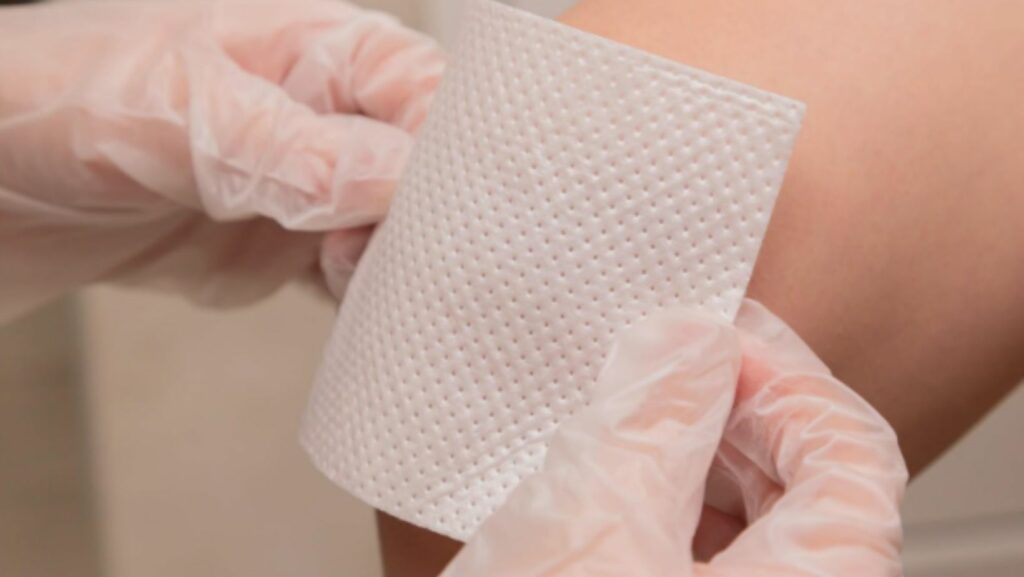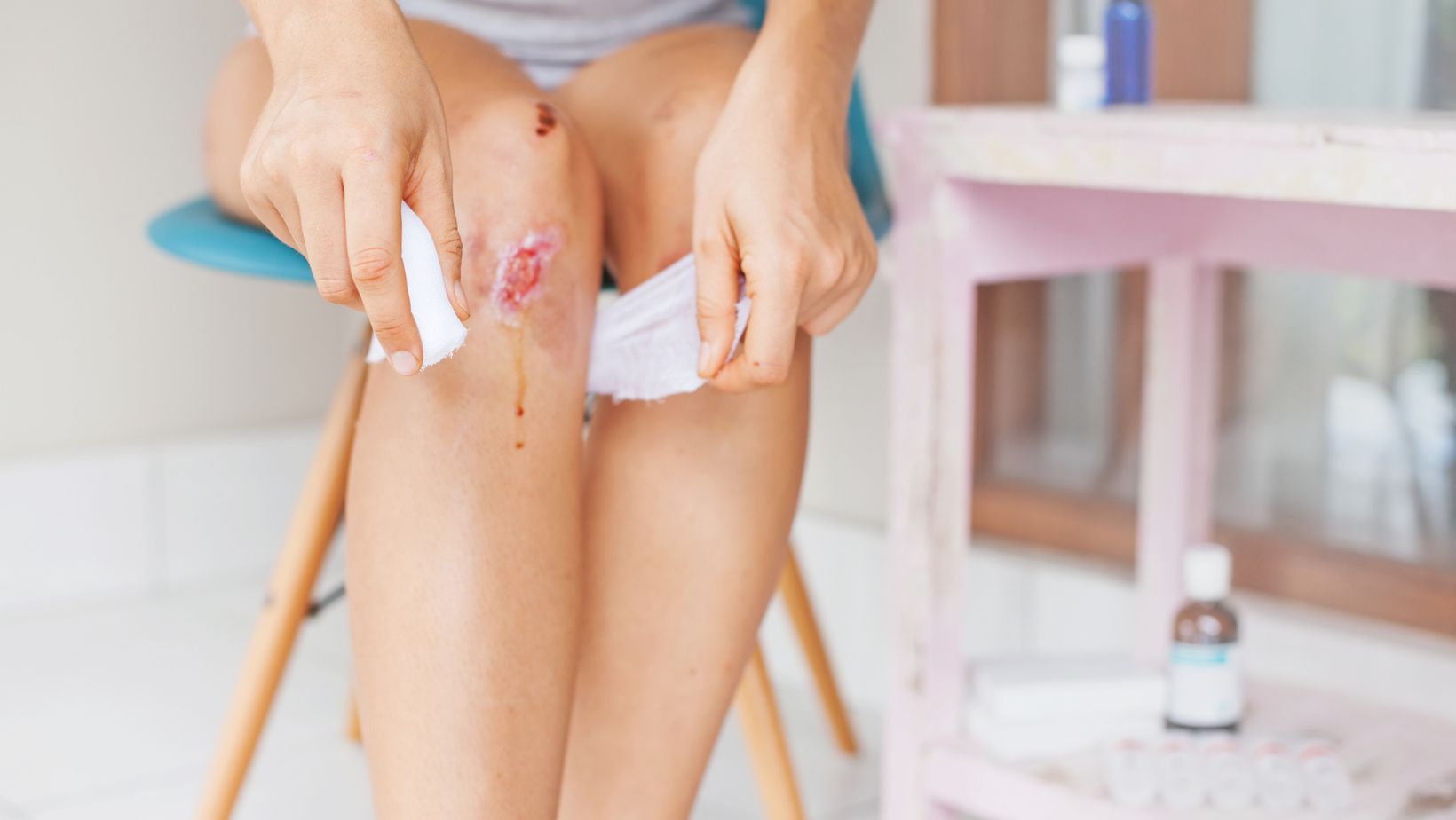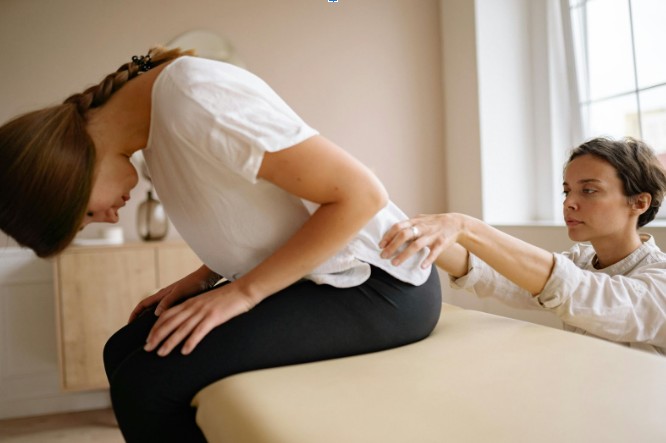
Having a wound is an experience no one should ever have to go through. But while wounds can be painful and uncomfortable, it’s important to keep in mind that the healing process doesn’t need to be stressful, either. In fact, by following the right steps for effective wound healing, we can reduce our chances of experiencing any long-term physical or mental pain associated with getting hurt. From selecting the proper first aid supplies and dressing materials to establishing healthy care and habits quickly after wounding, this blog post will cover all of the essential steps you need to take for successful wound recovery. So, if you’re looking for trustworthy tips on how best to look after your wounds – read on!
Understand the Basics of Wound Healing
Wound healing is a process that occurs naturally in our bodies after an injury, allowing the damaged tissues to recover and regenerate. This complex process involves different stages, including the formation of a blood clot, inflammation, cell proliferation, and tissue remodeling. To understand the basics of wound healing, it’s important to know that our body coordinates this process through different types of cells, growth factors, and extracellular matrix components. By understanding how wound healing works, we can take better care of our injuries and promote proper healing. Additionally, innovative treatments that target specific stages of wound healing are being developed, offering new possibilities for patients with chronic or severe injuries.
Seek Professional Help If Necessary
When facing a severe wound, it’s essential to seek professional help as soon as possible. In some cases, stitches, cleaning, or medication may be necessary to promote healing and avoid further complications such as infection. A healthcare professional can also provide specific instructions on how to care for your wound at home and when to come back for a follow-up appointment. Even if you don’t think your injury requires medical attention, it’s always better to get it checked by a professional just in case. Remember, early intervention can make a significant difference in the healing process and prevent potential long-term effects. From negative wound pressure therapy companies to specialized wound care clinics, there are plenty of options available for professional wound treatment. It’s always okay to seek help when it comes to your health.
Clean and Dress Your Wounds Properly
Accidents happen, and when they do it’s important to know how to properly clean and dress any wounds you may have. Proper wound care can significantly speed up the healing process and prevent infections. First, wash your hands with soap and water to prevent any harmful bacteria from entering the wound. Clean the wound by running warm water over it or using a sterile saline solution.

Apply an antibiotic ointment to the wound to prevent infection and cover it with a sterile bandage. Remember to change the bandage daily or more frequently if it becomes wet or dirty. By following these simple steps for wound care, you can ensure a safe and speedy recovery.
Keep Your Skin Moisturized
The key to successful wound healing is keeping the skin around the wound moist. This helps with cell proliferation and tissue regeneration. However, it’s important to use moisturizers that are gentle on the skin and don’t cause irritation or allergic reactions. Some recommended options include petroleum jelly, aloe vera gel, or medical-grade silicone creams. Make sure to avoid any harsh chemical products that may irritate the wound, and always consult with a healthcare professional before using any new products for your injury. They may have specific recommendations based on your wound’s severity and location.
Avoid Pressure and Friction on the Wound Area
One of the most important things to remember is to avoid putting pressure or friction on the affected area. Doing so can not only be painful, but it can also slow down the healing process and increase the risk of infection. Whether it’s a cut, scrape, or burn, it’s important to keep the wound clean and covered with a sterile dressing. Avoid tight clothing and footwear that may rub against the wound, and if possible, avoid putting weight on the area. By taking these precautions, you can help ensure that the wound heals as quickly and safely as possible without any unnecessary complications.
Consider Supplementing with Vitamin C and Zinc
Looking to boost your wound healing process? Consider supplementing with vitamin C and zinc. Both of these nutrients are essential for tissue repair and regeneration, making them important factors in the wound-healing process. Vitamin C is a powerful antioxidant that can protect cells from damage and promote collagen production, while zinc plays a crucial role in cell division and growth. Before adding any supplements to your routine, be sure to consult with a healthcare professional to ensure they are safe for you and won’t interfere with any medications you may be taking. These nutrients can also be obtained through a healthy and balanced diet, so make sure to incorporate plenty of fruits, vegetables, and lean protein into your meals.
Monitor Signs of Infection Closely
Staying healthy is a top priority for all of us, especially when it comes to wound healing. That’s why it’s essential to monitor any signs of infection closely and take action immediately if necessary. Signs of infection may include increased pain, redness, swelling, warmth, or fluid drainage from the wound. If you notice any of these symptoms, seek medical attention right away. In some cases, antibiotics may be necessary to treat the infection and prevent it from spreading. Remember, taking care of any potential infections early on is crucial for successful wound healing. It’s always better to be safe than sorry.

In summary, it is important to understand the basics of wound healing and take the necessary steps to have your wounds heal properly. Clean and dress your wounds with clean materials, keep your skin moisturized, avoid pressure or friction on the wound area, and consider supplementing with vitamin C and zinc if needed. Make sure to monitor for signs of infection closely and seek professional help if there are any red flags. Taking proper care of your wounds may not only speed up recovery time but also save you from bigger problems down the line. The most important thing is to be knowledgeable about wound healing so you can make informed decisions about your health and well-being. So don’t wait – go out there and start learning more today!












